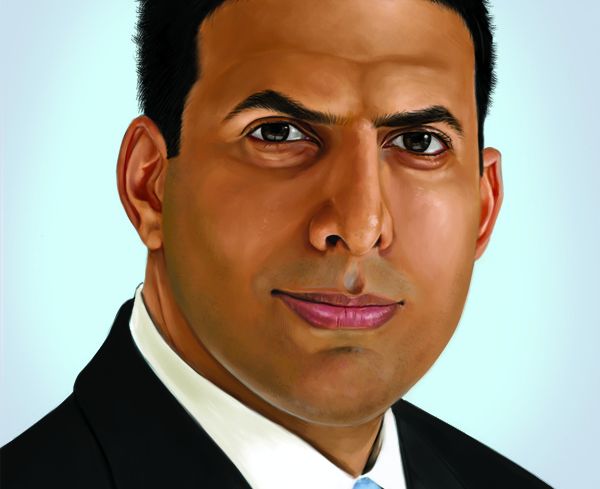What Do Goldilocks And The Economy Have In Common?
By Sam Chandan May 17, 2013 9:00 am
reprints
The inflation hawks were sent packing again last month when reports showed prices falling. The latest Economist poll of forecasters pegs inflation below 2 percent until at least 2015. That’s not far removed from the local view. As part of its expectation-setting exercise, the Fed sees its preferred measure—the personal consumption expenditures price index—holding below 2 percent now and over the long run.
If she grew up to be an investor, Goldilocks would surely have something to say about inflation. We don’t want things running too hot. Too cold is just as bad. There’s some middle point where inflation is just right. And as far as we’re concerned, that “just right” number is about 2 percent. During the Great Malaise, the push for an even higher target has shifted from heterodox to simply controversial.
If there are demons in economics, deflation is one of them. The expectation that prices will fall discourages borrowing and spending alike. It also drives up the real value of debt, of which we have plenty in the United States. Prices have been falling in Japan for over a decade, finally prompting the Bank of Japan’s leadership to break with tradition and unleash a torrent of stimulus. We’re quicker to respond. Over the last few weeks, several regional Fed presidents have intimated the need for further stimulus in response to disinflation risks.
Rapid expansion of the money supply should generate Japan’s desired outcome—and then some, if circumstances were different. By the book, our own foray into experimental monetary policy has increased the chance of undesirably high inflation in the United States. There’s an argument that extraordinary accommodation is lifting stock market and asset prices to levels not warranted by fundamentals. The same cannot be said for the experience of the average consumer, except in relation to the housing market.
For every rabble-rouser who asserts that higher prices will be our doom, you can count on another to announce the same about prices in free fall. Bush-league economists posit basic errors in conventional measures of inflation, if not some larger conspiracy to conceal the true direction of prices. As it turns out, they have a point.
Somewhere between politics and economics, the consensus about how best to measure inflation has been entangled. The dinner-table measure, the consumer price index, has a basic flaw in its design. Each month, it reports the change in the price of a fixed and purportedly representative basket of goods. But the nation’s representative basket isn’t your basket or mine. Meat accounts for about 2 percent, even if you’re vegetarian or just avoid bacon. Apparel accounts for 3.5 percent, even if you didn’t go shopping last month.
Your nursing-home bill? Just over a 10th of 1 percent, young man. Cigarettes are in there. So it only stands to reason that your funeral costs show up as well.
Chained measures of inflation get around the fixed-basket problem with CPI, which has been understood since long, long ago. In simple terms, the former accounts for substitution. If Coke prices skyrocket, you may be inclined to buy Pepsi, so the full impact of Coca-Cola’s price increase is tempered. Not everything you buy has a substitute. Just ask a pharmaceuticals executive or a friend without prescription drug coverage.
Chained inflation is a better measure, but it’s invariably lower than the traditional number. That won’t do our pensioners any favors. They depend on the wage-earners’ CPI for their cost of living adjustments. Though it’s not used, there’s a separate CPI just for elderly consumers, the CPI-E; it runs a little higher than the other’s measure and probably still understates the experience of senior Americans.
The whole thing might be academic if the various measures of inflation moved together. Most of the time, they do. Right now, they don’t. Over time, the chained measure’s slower rate adds up. The latest federal budget proposal seizes on the difference, switching the index for key entitlement programs. It was a bargaining chip in 2011 as well. Without causing a ruckus, the administration is not able to propose serious changes to Social Security. So it proposes instead to adjust the way we index increases. The timing is a shame. Even if the chained measure is good economics, it now also seems like skullduggery.
dsc@chandan.com
Sam Chandan, Ph.D., is president and chief economist of Chandan Economics and an adjunct professor at the Wharton School.


